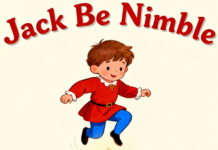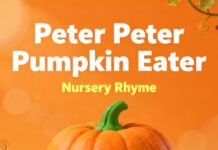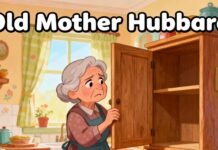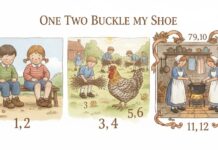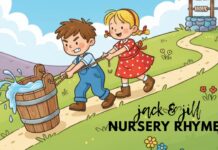LITTLE BOY BLUE NURSERY RHYMES
🕰 Origins
- First Recorded – The rhyme appears in Tommy Thumb’s Little Song Book (1744), but likely existed in oral tradition for decades earlier.
- Possible Literary Echoes – Some scholars note a resemblance to lines in Shakespeare’s King Lear (early 1600s), where a “jolly shepherd” is warned his sheep are in the corn.
- Historical Theories – One theory links the boy to Cardinal Wolsey, who as a youth may have worked as a hayward (livestock keeper), though there’s no firm evidence.
- Roud Folk Song Index – Catalogued as number 11318, marking it as a recognised piece of English folk heritage.
📜 Meaning
- Literal Narrative – A boy tasked with watching sheep and cows falls asleep under a haystack, letting the animals stray into crops.
- Moral Undertone – Often read as a gentle cautionary tale about neglecting duties or being given responsibilities beyond one’s maturity.
- Social Commentary – Some interpretations suggest it reflects misplaced trust by authority figures, subtly shifting blame from the boy to those who assigned him the role.
🌟 Fun Facts
- Extended Versions – Some 19th‑century printings add a final couplet: “Will you wake him? Oh no, not I, / For if I do, he’ll surely cry”.
- Cultural Reach – Referenced in literature, films, and even political cartoons as shorthand for laziness or dereliction of duty.
- Pastoral Imagery – The horn, meadow, and corn evoke a romanticised English countryside, making it a favourite for Victorian illustrators.
- Enduring Appeal – Still used in early childhood education for rhythm, rhyme recognition, and role‑play activities.
Little boy blue come blow up your horn.
The sheep’s in the meadow,
The cow’s in the corn.
But where is the boy who looks after the sheep?
He’s under the haystack,
Fast asleep.














